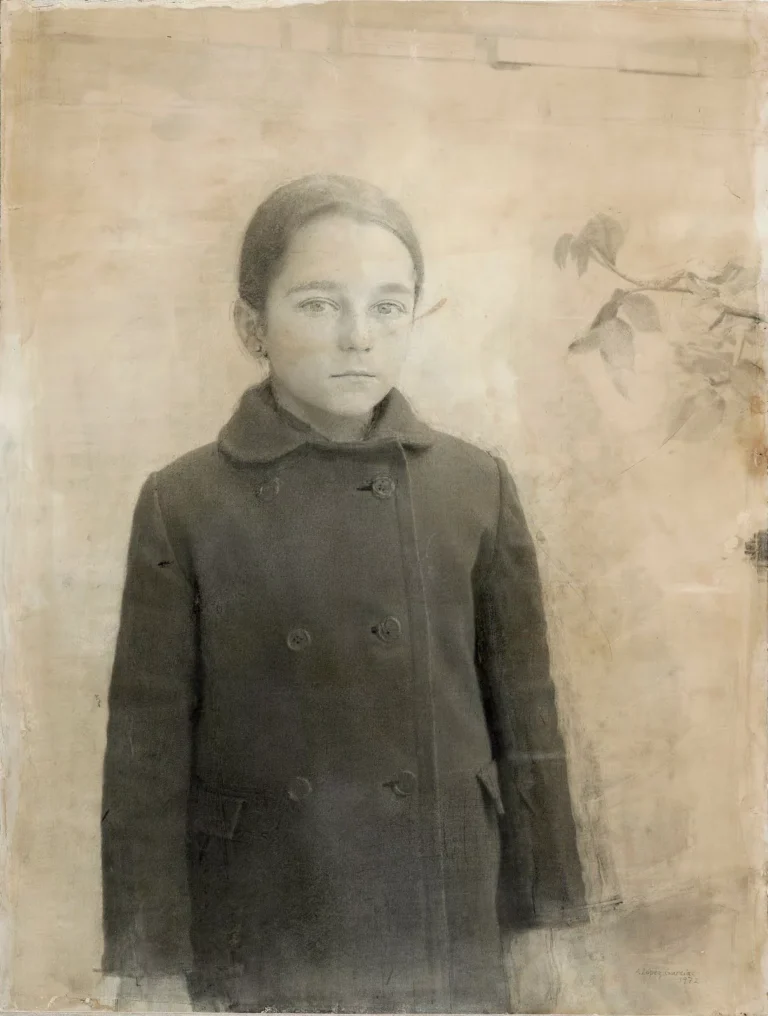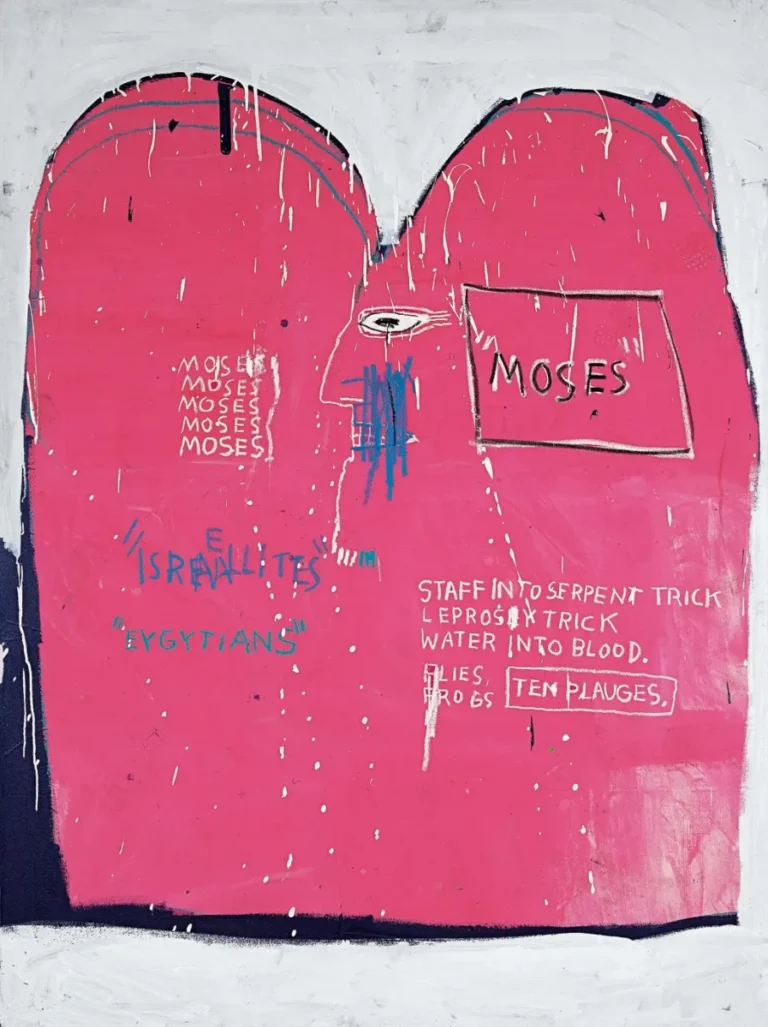Looking for a muse? Check no further. Discover the Best of Art, Culture, History & Beyond!
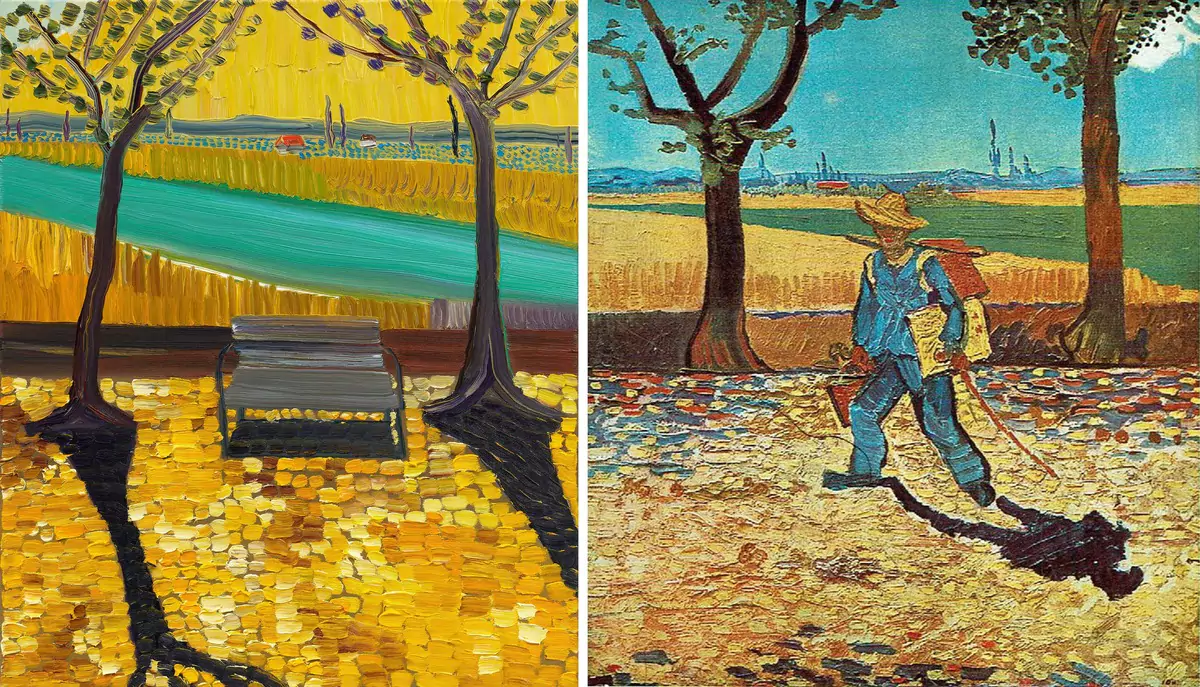
Vienna’s Albertina Museum is currently home to an extraordinary exhibition that brings together two artists separated by more than a century—Vincent van Gogh and Matthew Wong. This groundbreaking show highlights the aesthetic and emotional parallels between the Dutch Post-Impressionist master and the late Chinese-Canadian painter, showcasing how both used color, texture, and composition to convey deep psychological and spiritual themes. The exhibition, which runs until June 19, 2025, provides a rare opportunity to explore the resonance of Van Gogh’s legacy in contemporary painting while allowing Wong’s singular vision to take center stage.
See the event info here Exhibition : Matthew Wong – Vincent van Gogh (Abertina, Vienna)
A Meeting of Kindred Spirits
At first glance, pairing Van Gogh with Matthew Wong may seem like an unusual curatorial decision. However, as visitors walk through the exhibition, the connections between these two artists become increasingly apparent. While separated by time, geography, and personal circumstances, both Van Gogh and Wong used their art to grapple with feelings of isolation, existential uncertainty, and an unrelenting quest for meaning. Their paintings radiate an intense emotional charge, often achieved through thick, gestural brushwork, highly expressive use of color, and an unwavering dedication to capturing mood and atmosphere.
Van Gogh, born in 1853, is one of the most celebrated figures in Western art history, known for works such as The Starry Night (1889) and Sunflowers (1888). His thick impasto brushwork, bold color contrasts, and emotionally charged landscapes have inspired generations of artists. Wong, on the other hand, was a self-taught artist who emerged in the 21st century with a deeply personal approach to painting. Born in Toronto in 1984, he drew inspiration from a wide range of influences, including Chinese landscape painting, Post-Impressionism, and contemporary abstraction. His work is defined by an ethereal quality, where nature becomes a metaphor for solitude, longing, and introspection.
Exploring the Exhibition: Wong in Dialogue with Van Gogh
The exhibition at the Albertina Museum juxtaposes 44 of Wong’s paintings and 12 works on paper with a curated selection of Van Gogh’s masterpieces. These pairings invite viewers to examine the similarities in their artistic processes and thematic concerns, revealing the ways in which Wong engaged in a visual and conceptual dialogue with Van Gogh’s oeuvre.
One of the most striking examples of this interplay is Wong’s The Space Between Trees (2019), which subtly references Van Gogh’s lost painting The Painter on the Road to Tarascon (1888). In Van Gogh’s original, the artist depicts himself walking down a rural path, carrying his easel and supplies. In Wong’s reimagining, the central figure is replaced by an empty bench, a poignant symbol of absence, reflection, and the passage of time. This transformation speaks to Wong’s personal struggles with mental health while simultaneously paying tribute to Van Gogh’s enduring influence.
Another standout piece is Wong’s Coming of Age Landscape (2018), which mirrors the compositional structure of Van Gogh’s Wheatfield with Reaper (1889). Both paintings depict vast, golden fields set against a dramatic sky, yet while Van Gogh’s work is imbued with the turbulence of his final years, Wong’s interpretation is suffused with a dreamlike tranquility. The colors in Wong’s painting are softer, his brushwork more delicate, creating an atmosphere of quiet introspection rather than frenzied emotion.
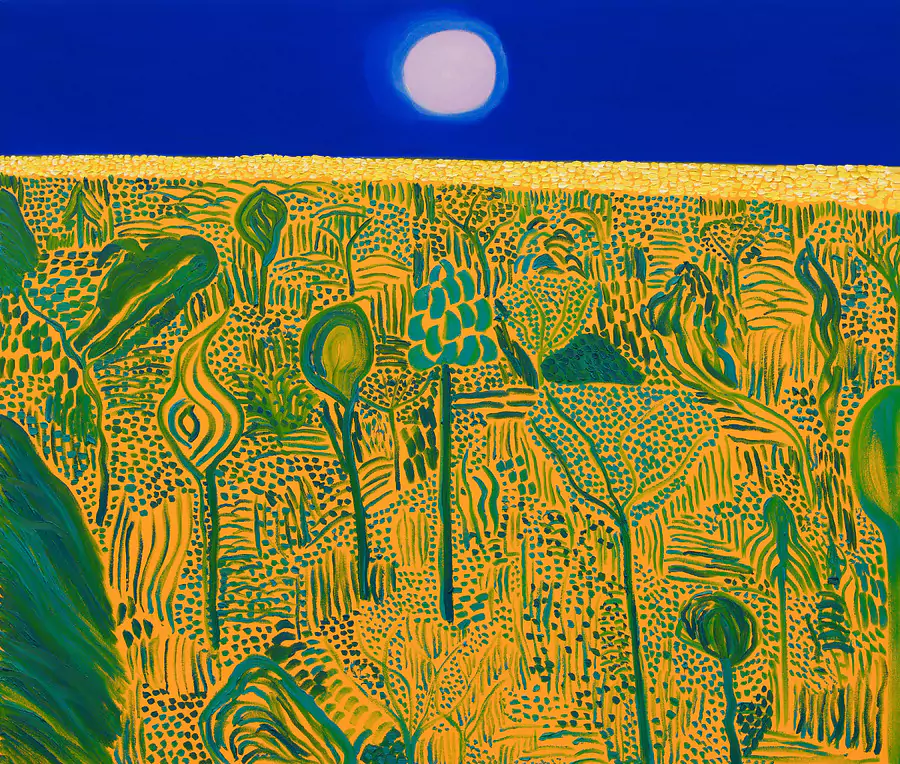
Color as a Language of Emotion
One of the most profound connections between Van Gogh and Wong is their use of color as a means of emotional expression. Van Gogh’s signature palette of vivid yellows, deep blues, and fiery oranges was a deliberate strategy to infuse his canvases with feeling. He once wrote in a letter to his brother Theo: “Instead of trying to reproduce exactly what I have before my eyes, I use color more arbitrarily in order to express myself forcefully.”
Wong’s approach to color was equally intuitive. His paintings often feature bold blues, rich purples, and glowing reds, arranged in compositions that evoke a sense of nostalgia and longing. In The Realm of Appearances (2018), Wong employs a deep blue background, punctuated by warm, glowing accents that resemble flickering lanterns or distant stars. This use of color is reminiscent of Van Gogh’s Starry Night, where swirling blues and yellows create a dynamic, emotionally charged nocturnal scene.
Additionally, Wong’s The Journey Home (2017) features a vibrant yellow sun hovering over solitary boats, echoing the radiance and energy of Van Gogh’s landscapes. The painting’s luminous quality seems to capture the essence of sunlight itself, much like Van Gogh’s famous Sunflowers series. This use of color as an emotional language underscores the artists’ shared ability to transcend mere representation, turning landscapes into windows into their inner worlds.
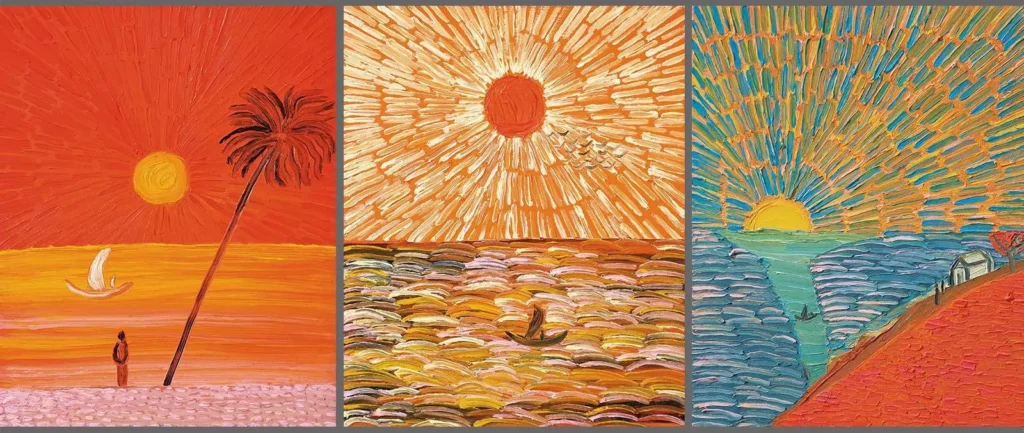
The Personal and the Universal: Art as a Reflection of Inner Turmoil
Beyond aesthetics, the personal struggles of both artists add another layer of connection between them. Van Gogh’s battles with mental illness are well documented—his periods of intense creativity were punctuated by episodes of psychological distress. His famous stay at the Saint-Paul-de-Mausole asylum in Saint-Rémy-de-Provence resulted in some of his most iconic works, including The Bedroom (1888) and Garden of the Asylum (1889).
Similarly, Wong struggled with autism, Tourette’s syndrome, and depression. His work often reflects a sense of yearning, solitude, and existential questioning. Tragically, he took his own life in 2019 at the age of 35, just as his artistic career was beginning to gain international recognition. The exhibition does not shy away from these realities but instead presents them with sensitivity, acknowledging the emotional depth behind both artists’ works while ensuring that their legacies are not reduced solely to their personal struggles.
To create a space for reflection, the museum has incorporated mindfulness viewing sessions and mental health awareness initiatives, offering visitors resources for understanding the intersection of creativity and mental well-being. This thoughtful approach ensures that the exhibition is not just about artistic comparisons but also about fostering a deeper understanding of the human condition.
A New Perspective on Van Gogh’s Influence
The Albertina Museum’s exhibition is part of a growing trend of exploring Van Gogh’s impact on contemporary artists. Previous exhibitions have paired Van Gogh with David Hockney and Etel Adnan, highlighting the ways in which his bold color schemes, expressive brushwork, and emotional intensity continue to shape artistic practice today. However, the Van Gogh-Wong exhibition feels particularly poignant because it presents a conversation that Wong himself actively engaged in during his lifetime.
Wong frequently referenced Van Gogh as a major inspiration, even sharing comparisons of their works on social media. His personal admiration for the Dutch painter adds an authenticity to this exhibition, making it feel less like an academic exercise and more like a deeply felt tribute.
A Celebration of Artistic Resilience
Ultimately, Vincent van Gogh & Matthew Wong at the Albertina Museum is not just an exhibition—it is a celebration of artistic resilience, expression, and the power of painting to transcend time. By placing these two visionary artists side by side, the show illuminates the ways in which art can serve as both an escape and a mirror, reflecting the innermost thoughts and emotions of those who create it.
For visitors, the exhibition offers a chance to see Van Gogh’s legacy through fresh eyes, while also discovering the brilliance of Wong, an artist whose career may have been short but whose impact is undeniable. Whether you are a longtime admirer of Van Gogh or a newcomer to Wong’s work, this exhibition is a moving and thought-provoking experience that underscores the timeless relevance of art in capturing the complexities of the human soul.

This article is published on ArtAddict Galleria, where we explore the intersections of art, history, and culture. Stay tuned for more insights and discoveries!
